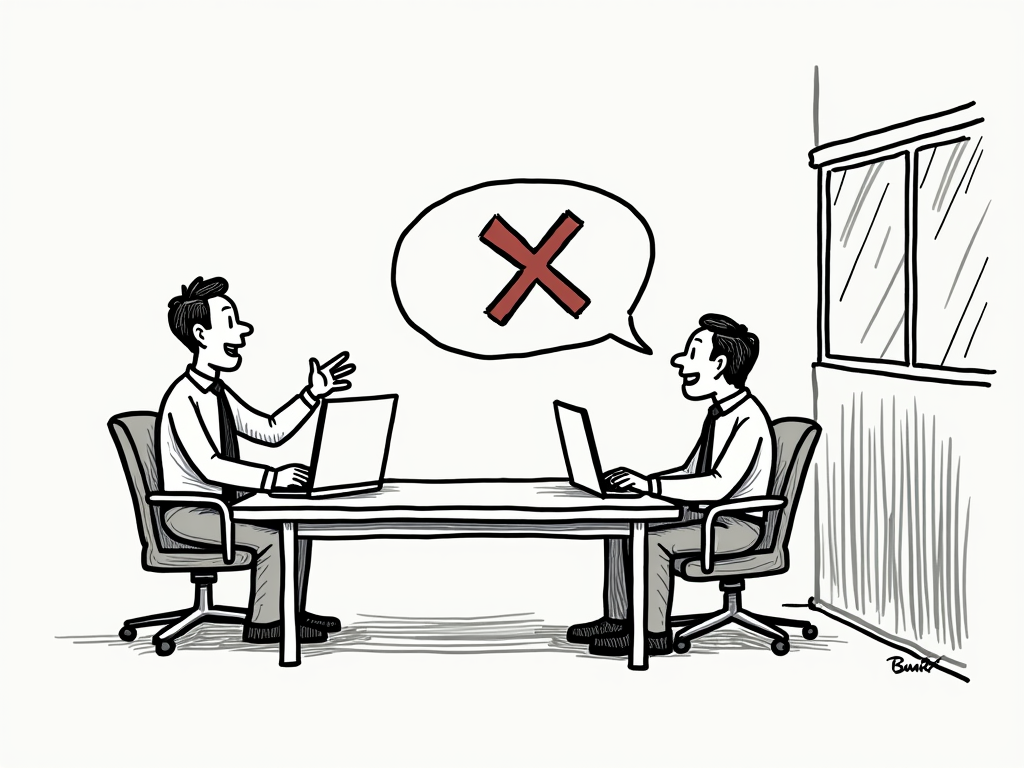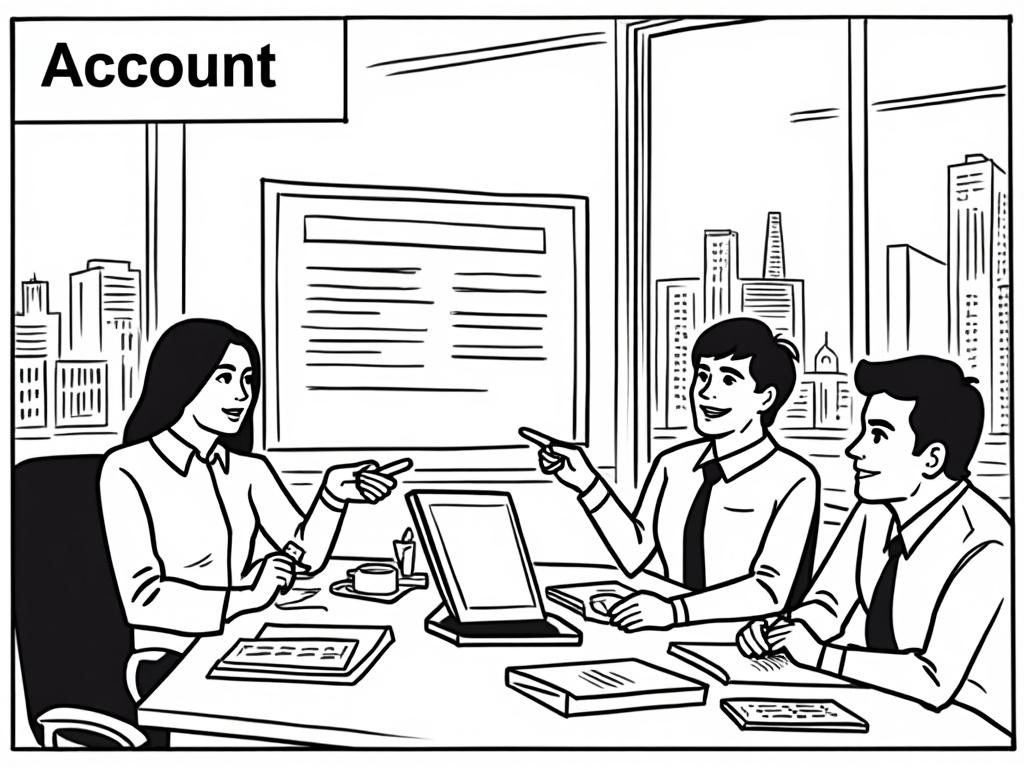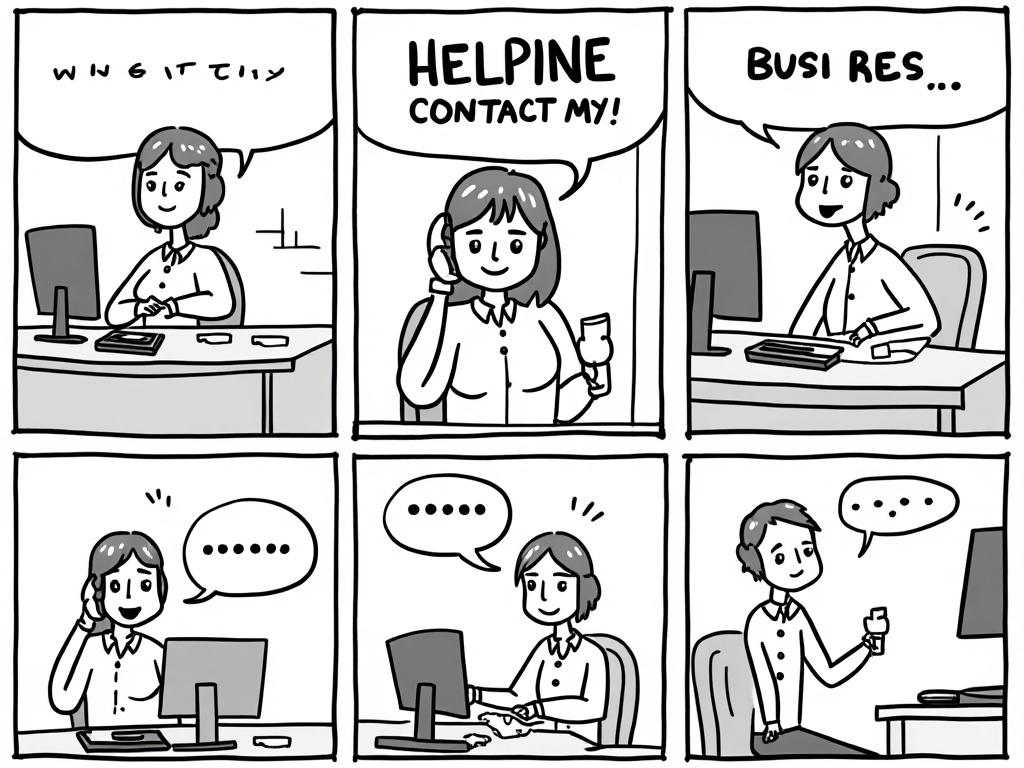
How to Check UAE Visa Rejection Reasons: A Comprehensive Guide
Table of Contents
- Introduction
- Understanding UAE Visa Types
- Common Reasons for UAE Visa Rejection
- How to Check Your UAE Visa Status
- Steps to Check UAE Visa Rejection Reasons
- What to Do After a Visa Rejection
- Tips to Avoid UAE Visa Rejection
- Conclusion
- FAQs
Introduction
Traveling to the United Arab Emirates (UAE) can be an exciting prospect, whether for business, leisure, or residency purposes. However, the visa application process can sometimes be complex and result in rejections. Understanding how to check UAE visa rejection reasons is crucial for applicants who have faced setbacks in their visa applications. This comprehensive guide will walk you through the process of checking your visa status, understanding rejection reasons, and provide valuable insights on how to improve your chances of approval in future applications.
Understanding UAE Visa Types
Before delving into the rejection reasons, it’s essential to understand the various types of UAE visas available. The UAE offers several visa categories, each catering to different purposes and durations of stay. Some common types include:
- Tourist Visa
- Visit Visa
- Business Visa
- Employment Visa
- Student Visa
- Retirement Visa
- Transit Visa
Each visa type has specific requirements and eligibility criteria. Ensuring that you apply for the correct visa category is the first step in avoiding rejection.
Common Reasons for UAE Visa Rejection
UAE visa applications can be rejected for various reasons. Understanding these common grounds for rejection can help you avoid potential pitfalls in your application process. Some of the most frequent reasons include:
Incomplete or Incorrect Documentation
One of the primary reasons for visa rejection is submitting incomplete or inaccurate documentation. This can include missing pages in your passport, incomplete application forms, or providing outdated information.
Security Concerns
The UAE takes security very seriously. If there are any concerns about an applicant’s background or intentions, it may lead to visa rejection. This can include criminal records or suspicious travel history.
Financial Inadequacy
For certain visa types, especially long-term visas, applicants must demonstrate sufficient financial means to support their stay in the UAE. Failure to provide adequate proof of funds can result in rejection.
Previous Visa Violations
If you have overstayed a previous UAE visa or violated any immigration laws during past visits, it can significantly impact your future visa applications.
Health-Related Issues
The UAE requires certain medical tests for long-term visa applicants. Failing these tests or having specific health conditions can lead to visa rejection.
How to Check Your UAE Visa Status
Before investigating rejection reasons, it’s important to confirm the status of your visa application. The UAE government provides several methods to check your visa status:
- Online Portal: Visit the official UAE government website and use the visa status check service.
- Mobile App: Download the GDRFA Dubai or ICA Smart Services app for real-time updates.
- SMS Service: Send an SMS with your application number to the designated number provided by the immigration authorities.
- Customer Service Centers: Visit a local GDRFA (General Directorate of Residency and Foreigners Affairs) office for in-person assistance.
Steps to Check UAE Visa Rejection Reasons
If you’ve confirmed that your visa application has been rejected, follow these steps to understand the reasons behind the rejection:
1. Access the Official Visa Status Check Portal
Navigate to the official UAE government visa status check website. This is typically the most reliable source of information regarding your visa application.
2. Enter Your Application Details
Input the required information, which usually includes your passport number, nationality, and application reference number.
3. Review the Status Details
Once you submit your details, the system will display the current status of your application. If it shows as rejected, look for any additional information or codes provided.
4. Interpret Rejection Codes
The UAE immigration system often uses specific codes to indicate rejection reasons. These codes may not always be self-explanatory, so you might need to consult with your sponsor or a visa processing agency for interpretation.
5. Contact the Issuing Authority
If the online system doesn’t provide clear reasons, contact the UAE embassy or consulate where you applied. They can often provide more detailed information about the rejection.
6. Consult Your Sponsor or Agency
If you applied through a sponsor or visa agency, they should be able to provide insights into the rejection reasons and guide you on the next steps.
What to Do After a Visa Rejection
Receiving a visa rejection can be disheartening, but it’s not necessarily the end of your UAE travel plans. Here are some steps you can take after a rejection:
Review and Address the Rejection Reasons
Carefully analyze the reasons provided for the rejection. If it’s due to incomplete documentation or minor errors, you may be able to rectify these issues in a new application.
Seek Professional Advice
Consider consulting with a reputable visa consultant or immigration lawyer who specializes in UAE visas. They can provide expert guidance on how to strengthen your application.
Prepare for Reapplication
If you decide to reapply, ensure that you address all the issues mentioned in the rejection. Gather all necessary documents and double-check their accuracy and completeness.
Consider Alternative Visa Types
If your initial visa type was rejected, explore other visa categories that might be more suitable for your situation. For example, if a work visa was rejected, you might be eligible for a business visa instead.
Be Patient and Persistent
The visa application process can be time-consuming. Be patient and follow up regularly on your application status. Persistence, coupled with proper documentation, often leads to successful outcomes.
Tips to Avoid UAE Visa Rejection
Prevention is always better than cure. Here are some valuable tips to minimize the chances of your UAE visa application being rejected:
Ensure Complete and Accurate Documentation
Double-check all your documents for accuracy and completeness. Ensure that your passport has sufficient validity (typically at least six months beyond your intended stay).
Provide Clear Travel Plans
Be transparent about your purpose of visit and provide a clear itinerary. This helps immigration officials understand your intentions and assess your application more favorably.
Demonstrate Financial Stability
Provide robust evidence of your financial capability to support your stay in the UAE. This may include bank statements, employment letters, or sponsorship documents.
Maintain a Clean Travel History
Avoid overstaying on previous visas or violating immigration laws in any country. A clean travel history significantly improves your chances of visa approval.
Apply Well in Advance
Submit your application well before your intended travel date. This allows time for processing and addressing any potential issues that may arise.
Use Official Channels
Always apply through official channels or reputable agencies. Avoid using unauthorized intermediaries that may compromise your application.
Conclusion
Understanding how to check UAE visa rejection reasons is crucial for anyone planning to visit or reside in the United Arab Emirates. By following the steps outlined in this guide, you can gain clarity on why your application might have been rejected and take appropriate measures to improve your chances in future applications. Remember that visa rejections are not permanent barriers; with the right approach, preparation, and persistence, you can increase your likelihood of success in subsequent applications.
Always stay informed about the latest UAE visa regulations, as they can change periodically. By maintaining thorough documentation, demonstrating clear intentions, and adhering to all visa requirements, you’ll be well-positioned to navigate the UAE visa application process successfully. Whether you’re planning a short visit or considering long-term residency, understanding the intricacies of the UAE visa system is key to realizing your goals in this dynamic and diverse country.
FAQs
1. How long does it take to process a UAE visa application?
The processing time for UAE visas can vary depending on the type of visa and the applicant’s circumstances. Generally, tourist visas are processed within 3-4 working days, while work visas may take 5-15 working days. However, these timelines can extend in case of additional document requirements or security checks.
2. Can I appeal a UAE visa rejection?
Yes, it is possible to appeal a UAE visa rejection. The appeal process typically involves submitting a formal request for reconsideration to the relevant immigration authority, along with any additional supporting documents that address the reasons for rejection. However, there’s no guarantee that an appeal will be successful.
3. Does a previous visa rejection affect future applications?
A previous visa rejection does not automatically disqualify you from future applications. However, it’s important to address the reasons for the previous rejection in your new application. Demonstrating that you’ve resolved the issues that led to the earlier rejection can improve your chances of approval.
4. Are there any fees for checking UAE visa rejection reasons?
Checking your visa status and rejection reasons through official online portals or mobile apps is typically free of charge. However, if you seek assistance from visa agencies or legal consultants, they may charge fees for their services.
5. Can I apply for a different type of UAE visa immediately after a rejection?
While there’s no official waiting period between applications, it’s generally advisable to wait for a short period and address the reasons for rejection before applying for a different visa type. This allows you to strengthen your application and demonstrate that you’ve resolved any previous issues.

Article reviewed by Jonas Olsen, Oil & Energy Investments | Sovereign Wealth Strategies, on March 27, 2025




